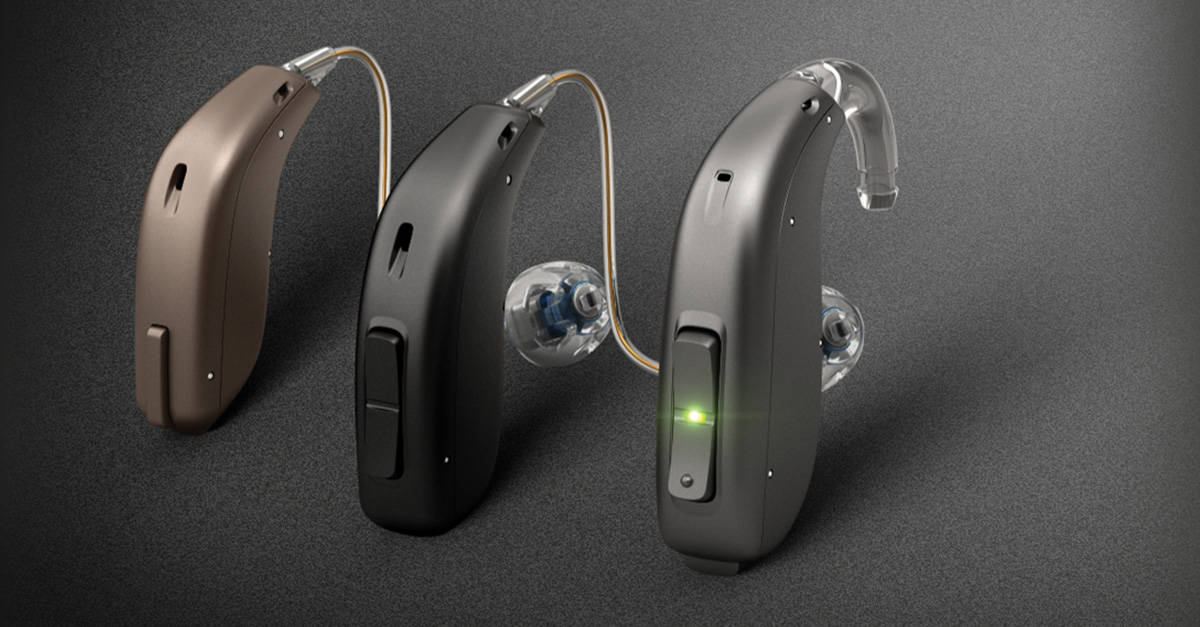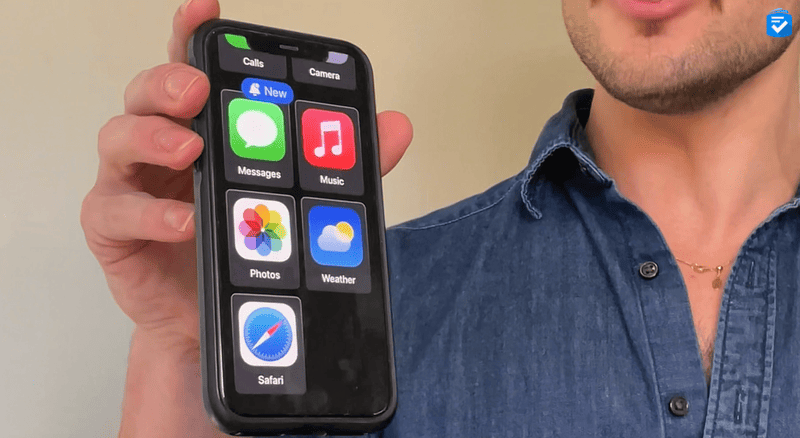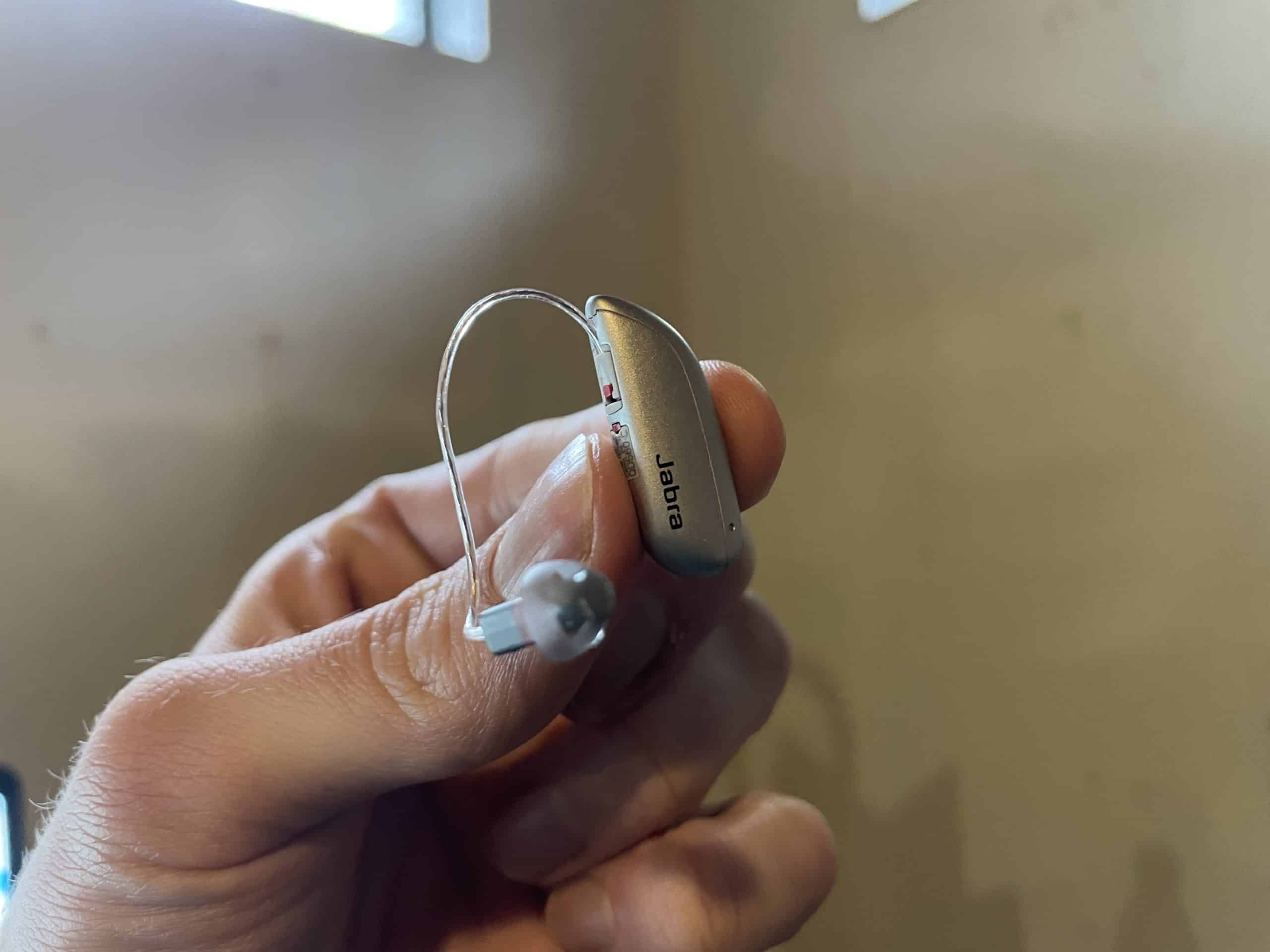Lions Clubs International. Club locator. https://www.lionsclubs.org/en/start-our-approach/club-locator#_ga=2.268950513.1416663780.1753712126-1168157574.1753712126
Affordable Hearing Aid Alternatives: Apps and OTC Devices
Many of us family caregivers have watched a loved one struggle with hearing loss, only to be met with the staggering cost of traditional hearing aids. With prices averaging from $2,000 to $8,000 per pair, hearing aids are often out of reach for families already managing tight budgets, or seniors on limited incomes. However, since the FDA approved over-the-counter (OTC) hearing aids in 2022, more affordable and accessible options have entered the market.1 Additionally, with a growing number of hearing assistance apps and personal sound amplifiers, we now have a variety of cost-effective tools that can truly make a difference.
According to the National Institute on Deafness and Other Communication Disorders, almost 29 million U.S. adults could benefit from hearing aids. Yet only a small percentage actually use them,2 with cost being the biggest barrier. In this guide, we explore key alternatives, not just for saving money, but for improving daily life and keeping our loved ones connected to the world around them.
Tip: Before trying any hearing aid alternative, have your loved one’s hearing evaluated by an audiologist. Knowing the type of hearing loss will help you choose the right solution.
Understanding the Alternatives
Today’s hearing assistance solutions fall into a few broad categories:
- Prescription hearing aids: Custom-programmed devices fitted by an audiologist, prescription hearing aids offering advanced features and support for severe to profound hearing loss, but also the highest cost.
- Over-the-counter (OTC) hearing aids: OTC hearing aids are FDA-regulated and designed for adults with perceived mild to moderate hearing loss. They are much cheaper than prescription hearing aids and do not require prescriptions.
- Hearing apps and accessories: Smartphone-based tools and personal amplifiers offer more budget-friendly help with specific listening challenges.
Key Factors to Consider

When evaluating alternatives, think about:
- Hearing loss severity: OTC devices are best for mild to moderate loss. Severe loss still requires professional care.
- Tech comfort: Apps and some OTC devices require smartphone use.
- Budget: Costs range from free apps to $8,000 devices.
- Lifestyle: Consider how often the senior is in group conversations, on the phone, or watching TV.
- Dexterity: Small controls may be difficult for those with limited fine motor skills.
Tip: OTC hearing aids are intended only for adults with mild to moderate hearing loss. If your loved one has more severe symptoms, start with a professional evaluation from a licensed audiologist.
Hearing Smartphone Apps

Modern smartphones can do more than make calls—they can also act as basic hearing aids when paired with the right app. Many use the phone’s microphone to amplify and clarify nearby sounds in real time. The most popular apps include:
- Sound Amplifier (iOS and Android): This app, available on iPhones and Androids, offers customizable sound boosting, noise reduction, and frequency adjustments. It works best with wired headphones, in our testing experience.
- Live Listen (iOS and Android): When paired with AirPods or other Bluetooth headphones, your smartphone becomes a directional mic. It’s great for one-on-one conversations, but not as good for using in a crowded party, we’ve noticed.
- Petralex (Android): Petralex offers hearing test integration, tinnitus support, and customizable sound profiles for different situations.
These tools can be particularly helpful for seniors who already own and are comfortable using smartphones. For seniors new to smartphones, we recommend turning on the iPhone’s senior mode, which makes buttons and texts larger and simplifies the experience overall.
Getting Started
Here’s how to help your loved one try a hearing app:
- Download the app onto their smartphone.
- Complete the built-in hearing test or setup process.
- Pair with quality headphones or earbuds.
- Test it in different environments: at home, outside, or in a restaurant.
- Adjust settings for clarity and comfort.
Tip: Start with free versions of apps before upgrading to premium features. That way, you can see what works best without spending a dime.
Pros and Cons
Smartphone apps offer a low-cost entry point to better hearing, but they do have some drawbacks.
Pros
- Free or low-cost
- Easy to try and uninstall
- No doctor visit required
Cons
- Drains phone battery quickly
- Requires a smartphone and headphones
- May be too complicated for some users
- Doesn’t amplify as effectively as dedicated devices
Still, for tech-savvy seniors with mild hearing issues, apps can be a great first step.
Over-the-Counter (OTC) Hearing Aids

Since the FDA’s official approval in 2022, the agency officially allowed OTC hearing aids to be sold directly to consumers, with no prescription or doctor visit required. These devices are now regulated for safety and effectiveness and are intended for adults with mild to moderate hearing loss. You can expect the following features from OTC hearing aids:
- Adjustable volume and sound settings
- Limits on maximum volume for ear safety
- Clear return policies and user manuals
- Warranties and support, in many cases
OTC hearing aids are much more accessible and affordable than prescription hearing aids, although again, our expert audiologist does not recommend them for severe to profound hearing loss, only mild hearing loss.
Trusted OTC Brands to Explore
We’ve tested out OTC hearing aids from the following brands. Read our reviews to learn more about our testing experience.
| Brand | Price Range | Key Features | Battery Type |
|---|---|---|---|
| Lexie | $299–$999 | App control, Bluetooth, hearing tests | Rechargeable |
| Eargo | $799–$2,699 | Virtually invisible, professional support | Rechargeable |
| Jabra Enhance | $995–$1,995 | iPhone integration, audio streaming | Rechargeable |
| MDHearing | $297–$597 | Simple, easy-to-use, telecare access | Disposable |
| Audien | $98–$689 | Ultra-affordable, compact | Disposable |
Choosing the Right Device
When shopping for OTC hearing aids, look for:
- Amplification levels appropriate for your loved one’s hearing loss
- Clear sound in different environments, like restaurants or TV rooms
- User-friendly controls and instructions
- Comfortable fit for extended wear
- Battery life that suits their routine
- Return policy or trial period in case they don’t love it
- Warranty of at least one year
You don’t have to choose the fanciest model, just the one that fits best into your loved one’s daily life.
Should You Still See a Professional?
Even with OTC devices, getting expert input can make a big difference. An audiologist can:
- Interpret hearing test results
- Recommend device types based on hearing patterns
- Help with fitting and comfort
- Offer follow-up support
Some OTC brands even offer remote consultations or virtual fitting support.
Assistive Listening Devices and Other Tools
Aside from hearing apps and OTC hearing aids, there are a few other devices that can improve your loved one’s hearing, from PSAPs to alert systems.
PSAPs
Personal Sound Amplification Products (PSAPs) are devices designed to amplify environmental sounds for people without diagnosed hearing loss. Unlike hearing aids, which are regulated by the FDA and intended to treat hearing impairment, PSAPs are meant for occasional use in specific settings, like watching TV, birdwatching, or attending a lecture.
PSAPs can be a helpful tool for enhancing sound in certain situations, but they aren’t a substitute for hearing aids if your loved one has diagnosed hearing loss. Rather, they’re intended for people with normal hearing who want to hear better in certain environments, like at a loud party. These aren’t medical devices, in other words, just electronic products.
PSAPs are generally under $200 and easy to operate. Some companies that offer PSAPs include Lexie, Eargo, and MDHearing, which also make OTC hearing aids.
TV Amplifiers
TV amplifiers are devices that help make television audio clearer and easier to hear without raising the volume for everyone else. Typically, they work by transmitting sound wirelessly to a headset or speaker closer to the listener, offering better clarity and control over the volume. Many models are compatible with hearing aids and allow users to adjust settings to their comfort level. They’re especially helpful in shared living spaces or for those who struggle with understand dialogue. On average, TV amplifiers cost about $90 to $135 from companies like Serene Innovations.
Phone Amplifiers
Phone amplifiers boost the volume of telephone conversations, making it easier for individuals with hearing difficulty to communicate clearly. Available for both landline and mobile phones, these devices often include features like tone control, visual ring indicators, and large-button designs. Some models work with hearing aids or can be used as standalone handsets. They’re a simple, effective way to improve phone communication without requiring major technology changes.
Standalone cell phone amplifiers such as the Serene Innovations HearAll SA‑40 usually cost around $120. Amplified landline phone amplifiers, on the other hand, range from about $90 to $220, depending on the features and brand.
Alert Systems
Alert systems use visual, vibrating, or loud auditory signals to notify users of important sounds like doorbells, smoke alarms, or incoming phone calls. These systems are especially helpful for older adults with hearing loss who might not hear standard alerts. Options range from standalone devices to fully integrated home systems, and often pair with smartphones or wearable receivers. They offer peace of mind by ensuring your loved one doesn’t miss essential warnings or day-to-day cues.
Basic visual alert units like flashing doorbell receivers cost $40 to $80, while more comprehensive systems with lights, alarms, and vibrating alerts often run $100 to $400 depending, again, on the features.
Weighing the Costs
Here’s a quick look at estimated five-year costs:
Prescription Hearing Aids
- Upfront cost: $2,000 to $8,000 per pair
- Fitting/adjustments: $200 to $500
- Maintenance/batteries: $100 to $300 annually
- Total (five years): $2,500 to $9,500
OTC Hearing Aids
- Upfront cost: $200 to $3,000 per pair
- Fitting: $0
- Maintenance: $50 to $100 annually
- Total (five years): $400 to $3,500
Smartphone Apps and Accessories
- App: $0 to $200
- Headphones: $50 to $300
- Occasional upgrades: $0 to $100
- Total (five years): $150 to $1,300
Does Insurance Help?
Medicare: Traditional Medicare doesn’t cover hearing aids.3 However, some Medicare Advantage plans do, so it’s worth checking, if you have hearing insurance. Note that they will usually only cover prescription hearing aids, not OTC.
Private hearing insurance: While you can use hearing insurance for prescription hearing aids, in most cases, traditional hearing insurance will not cover OTC hearing aids, sound amplifiers, smartphone apps, and the like.
Other resources:
- Veterans Affairs (VA): The VA offers free or discounted hearing aids for eligible veterans.
- State programs: State programs provide financial help through vocational or disability services.
- Nonprofits: Look into organizations like the Hearing Aid Project4 or Lions International.5 These organizations can help you find organizations near you that can provide you with free or deeply discounted hearing aids, some of which may be refurbished.
Helping Your Loved One Get Started
If you’re ready to take the plunge, here are the steps you need to take to improve your loved one’s hearing.
- Schedule a hearing evaluation with an audiologist. If their hearing loss is mild or moderate, consider OTC hearing aids, while people with severe to profound hearing loss will need to buy prescription devices.
- Research devices or apps.
- Talk through pros and cons together.
- Address concerns or resistance with empathy.
- Purchase a device that allows for a trial period so your loved one can test the device.
- Adjust settings based on their daily use.
- Add accessories or switch models if need be.
- Build maintenance routines, like deciding when to charge the hearing aids.
- Keep communication open for feedback.
Common Challenges and How to Handle Them
Technology concerns: When it comes to electronic devices of any kind, seniors may have technological concerns. That’s why it’s important to choose simple, user-friendly models and walk through the setup together. Also look for devices with clear written instructions or video tutorials.
Social stigma: Many seniors do not want to be seen wearing hearing aids. Fortunately, many devices are completely-in-canal, as close to invisible as possible. Additionally, you can point out how hearing aids will improve their conversations and connections, and normalize the experience by comparing it to wearing glasses.
Maintenance: Finally, maintenance can be a concern. Seniors may forget to charge their hearing aids, which renders them useless. We recommend setting phone reminders for charging or battery changes. Keep all of the necessary supplies in a labeled drawer or organizer, and schedule regular cleanings or check-ins.
Final Thoughts
Hearing loss doesn’t have to mean giving up connection, conversation, or quality of life. While traditional hearing aids may be too expensive for many families, today’s alternatives, like apps, OTC devices, and assistive technologies, offer real support at a much lower cost. With so many accessible tools now available, better hearing is more within reach than ever.
The key is finding what works best for your loved one’s needs, comfort level, and daily routine. As caregivers, we have an important role to play in introducing these options, offering encouragement, and helping troubleshoot along the way. Better hearing can lead to stronger relationships, greater safety, and more independence, and it doesn’t have to break the bank to make a real difference.
